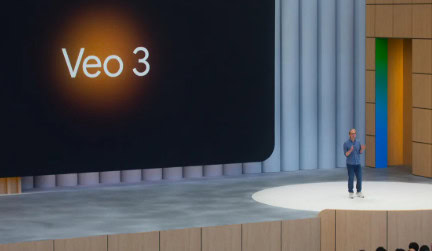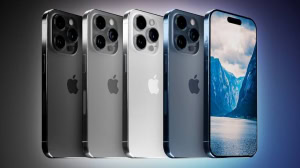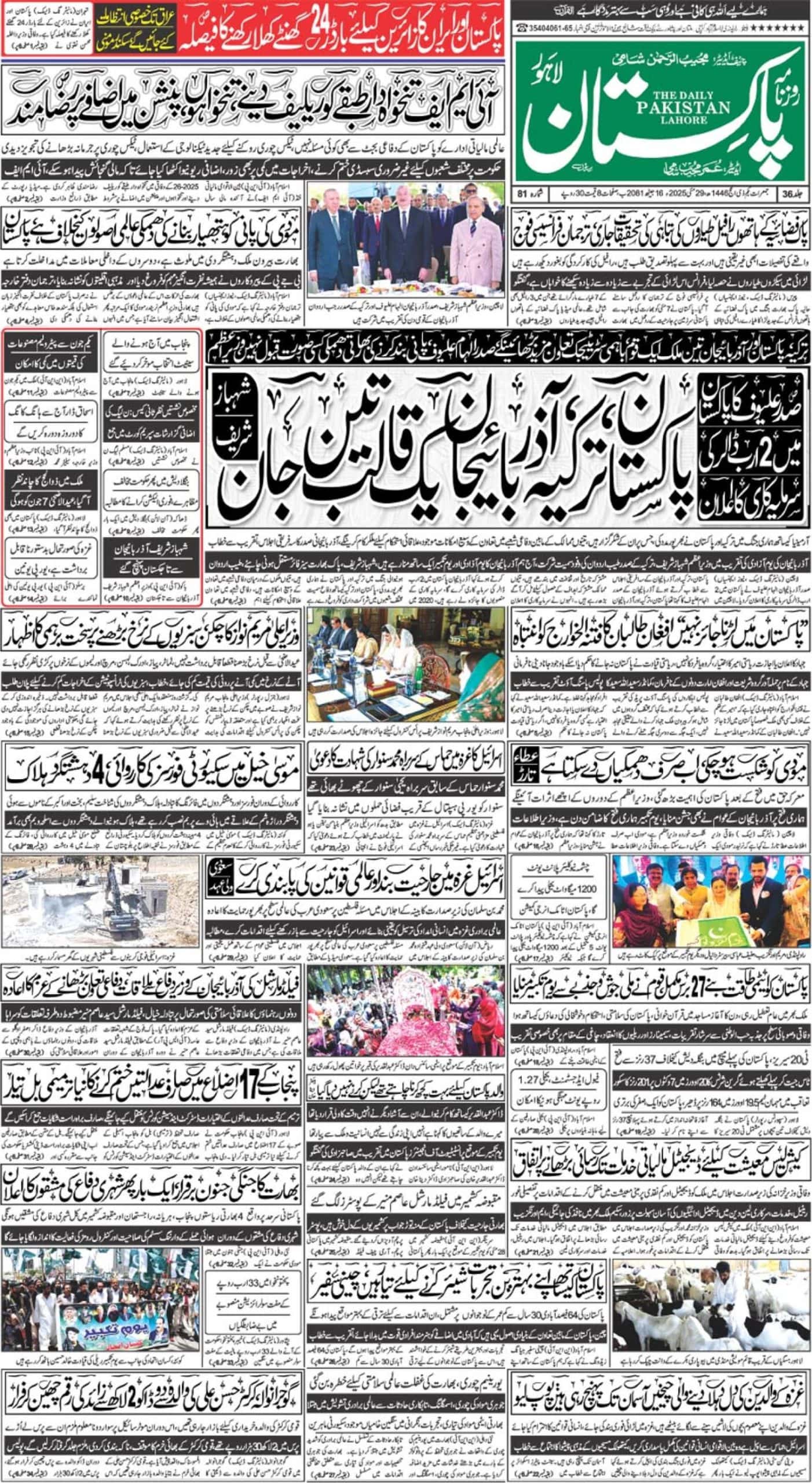Google’s unveiling of Veo 3 marks a new chapter in artificial intelligence. This is not just another video tool. It is a system that can generate both video and audio from simple prompts, creating synthetic scenes that feel alarmingly real. While the tech world celebrates its capabilities, a more urgent conversation is being overlooked. Are we ready for a world where the line between truth and fabrication disappears?
The Divide Between Fiction and Fact
Veo 3 can produce audio with human-like dialogue and background sounds to match video prompts. This means anyone can create a believable conversation between characters who never existed, in places that never happened. It sounds like progress, but it begs a serious question. How will we separate authenticity from illusion when AI can fabricate reality so convincingly?
View this post on Instagram
In an age already flooded with misinformation, Veo 3 could be a powerful tool for manipulation. Synthetic media can be used to simulate political figures, recreate sensitive events, or impersonate voices with uncanny precision. The implications are not just technical. They are deeply social and political.
What Happens to Reporting When Reality Can Be Faked?
For decades, news and documentary filmmaking have relied on human eyes and ears, reporters capturing raw footage, recording real voices, and presenting facts as they unfold. But with tools like Veo 3, the ability to simulate events and voices poses a dangerous threat to the credibility of journalism itself. If AI can fabricate scenes of protests, conflict zones, or even natural disasters with convincing detail and sound, how will audiences know what to believe?
View this post on Instagram
View this post on Instagram
We could be heading toward a future where verifying visual evidence becomes nearly impossible. The role of the journalist as a witness to truth is being challenged by machines that don’t just report reality, they can invent it. In such a world, will trust shift from storytellers to algorithms, or will we demand greater transparency before synthetic media becomes the new norm?
What About Human Creativity?
There is another concern. As tools like Veo 3 continue to advance, what space remains for human imagination? If AI can compose music, write scripts, edit videos, and now even sync dialogue to digital faces, do we risk reducing creativity to mere prompting?
View this post on Instagram
True creativity involves flaws, process, and perspective. Replacing that with polished automation may lead to content that feels perfect but lacks soul. Are we empowering artists or replacing them with algorithms?
















